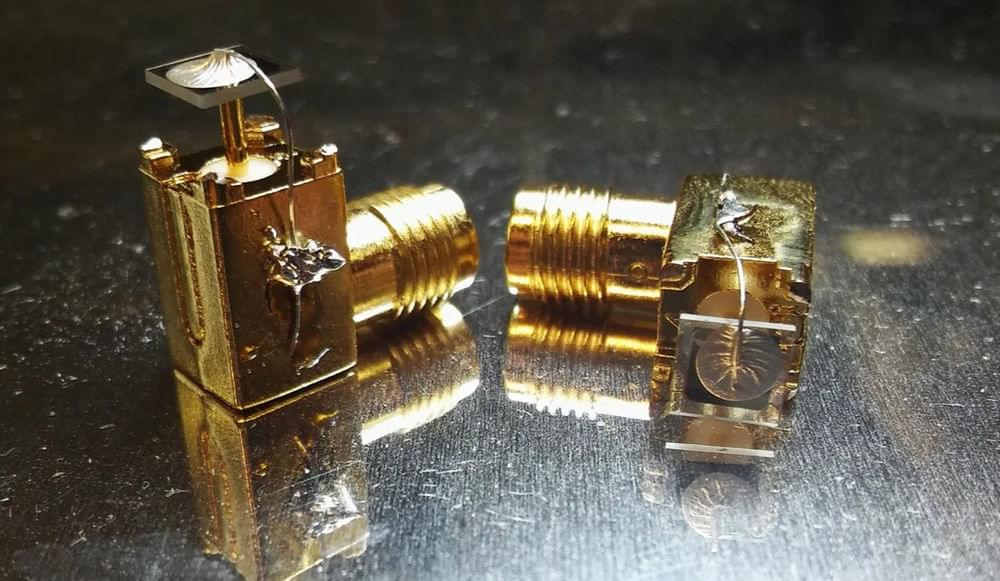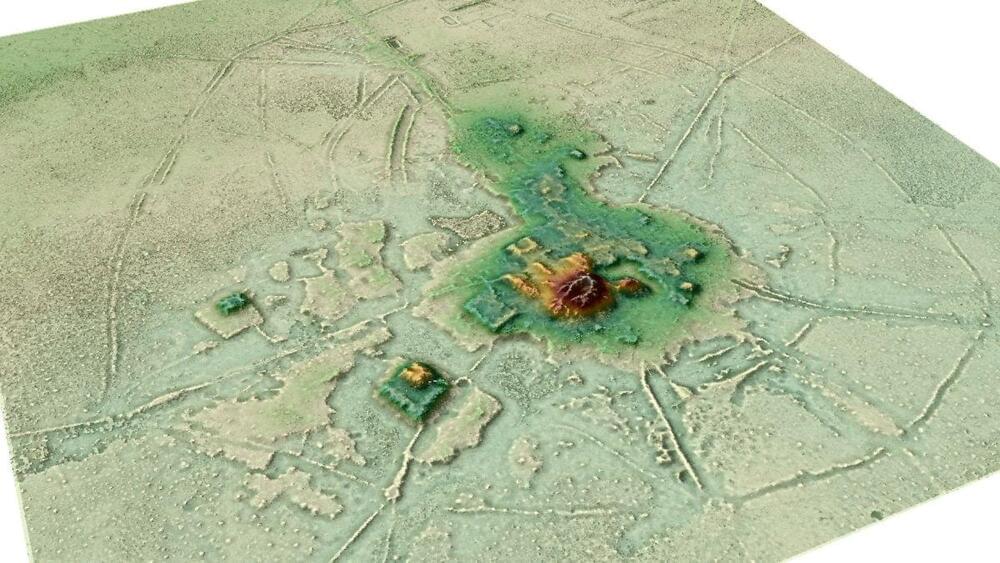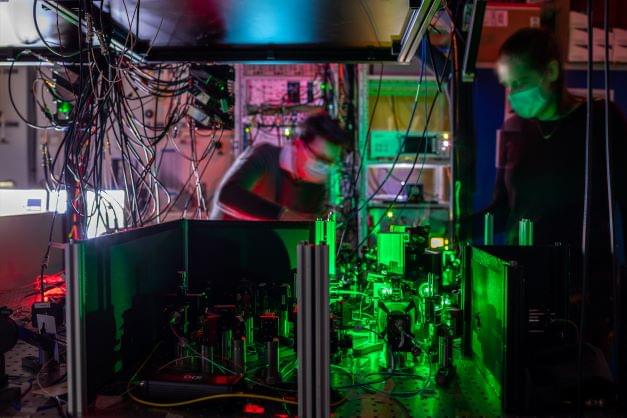
Green Gravity, a startup proposing to use old mine shafts for gravitational energy storage, has secured AUD 1.4 million ($990,000) in its first formal capital raise.
From pv magazine Australia
Green Gravity is turning to the former cornerstone of Australia’s wealth, coal mining, to remove the final hurdle for a fully renewable electricity system. It is proposing to lift and release ultra-heavy weights in legacy mine shafts, in a reimagining of how the universal force of attraction, gravity, can be used to store renewable energy.
While the hyped Swiss startup Energy Vault recently hit rocky waters, Green Gravity CEO Mark Swinnerton is adamant that his company has distinct merits, many of which stem from the fact that its concept is rooted in redeploying abandoned but very abundant infrastructure. In recent weeks, Green Gravity secured AUD 1.4 million in its first formal fundraising round with a range of private investors, “with plenty of surplus interest,” Swinnerton told pv magazine Australia.“We are working toward a larger raise in a few months time when we firm up the capital cost for the demonstration plant.”









